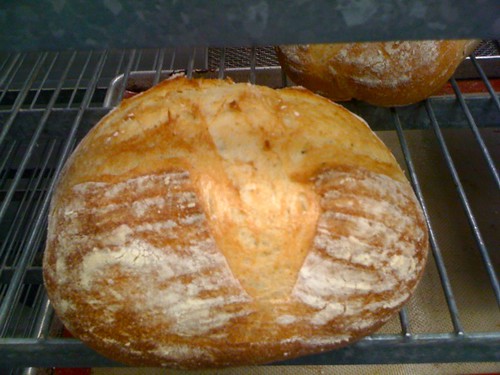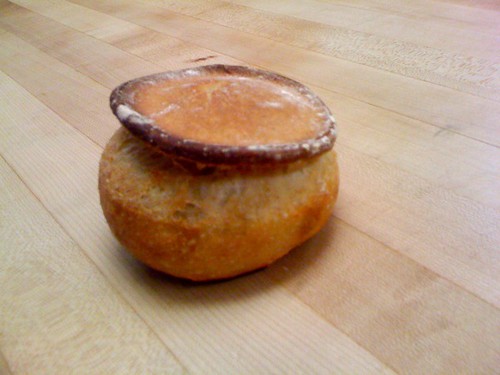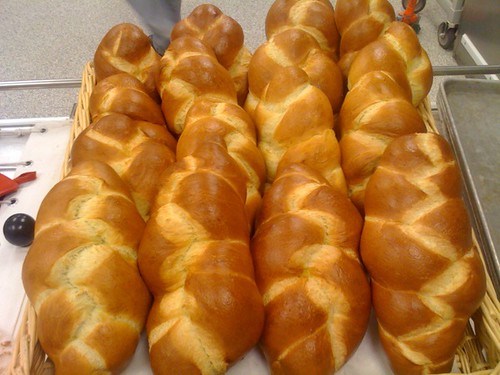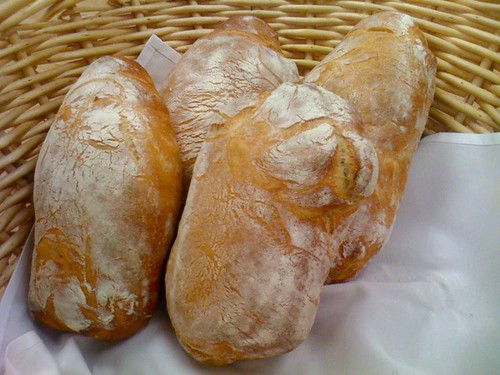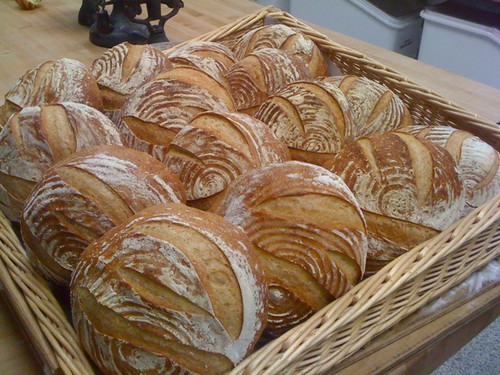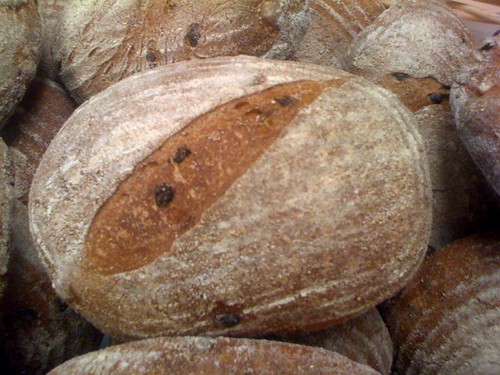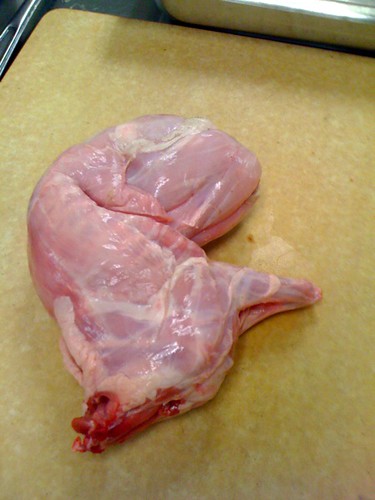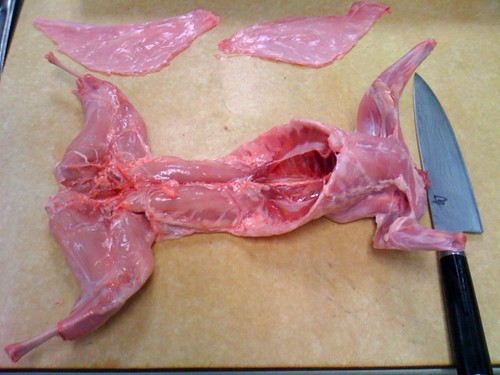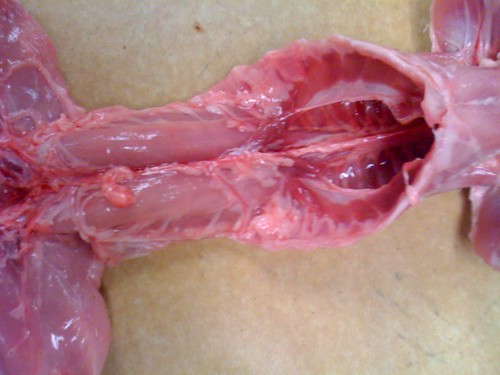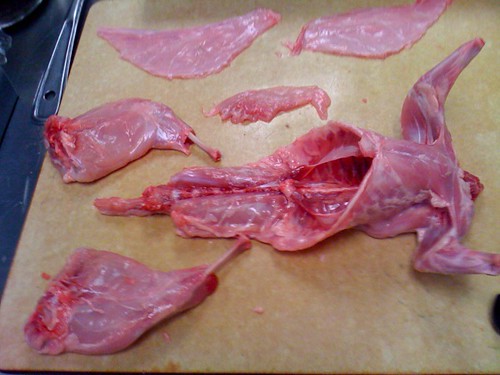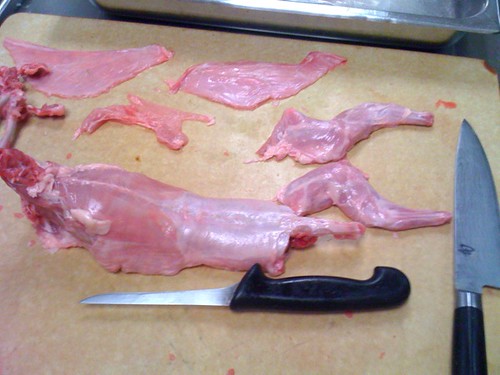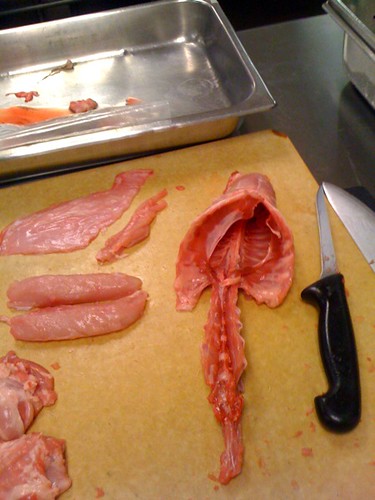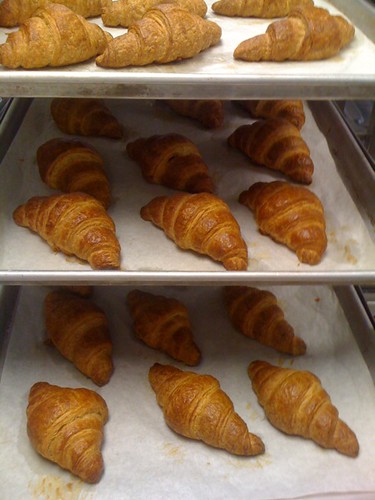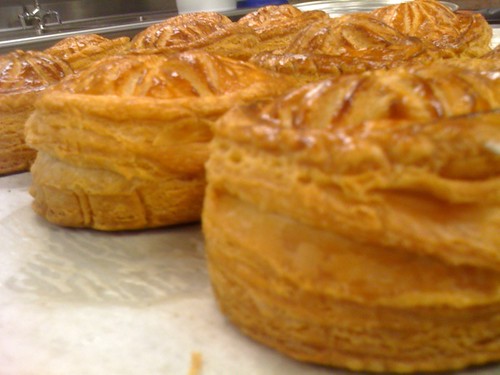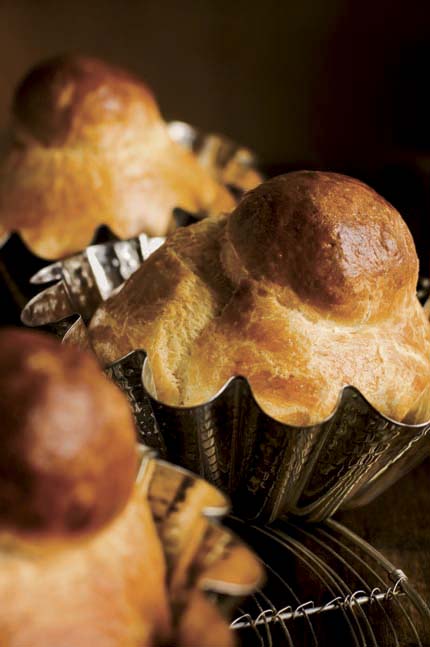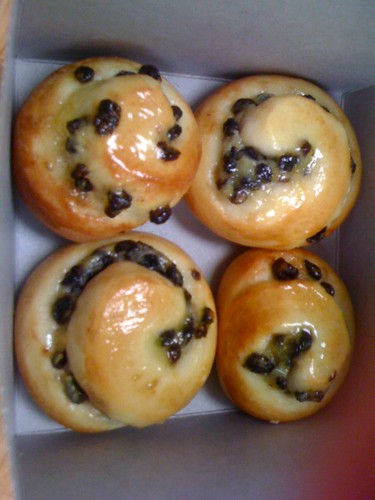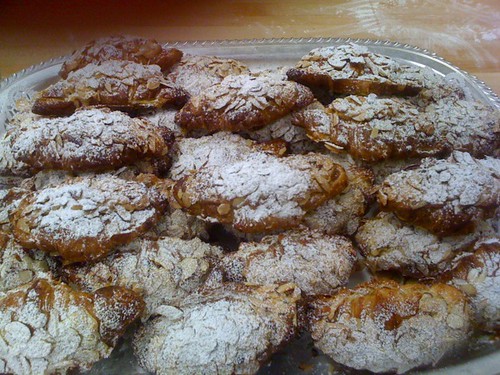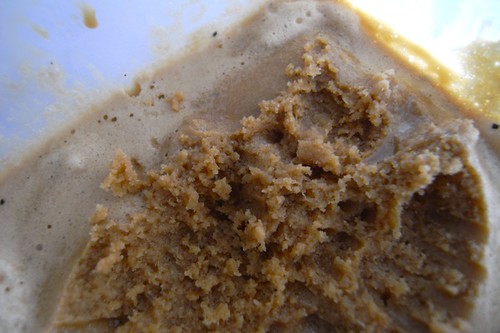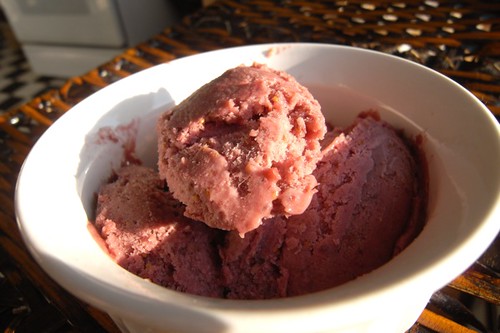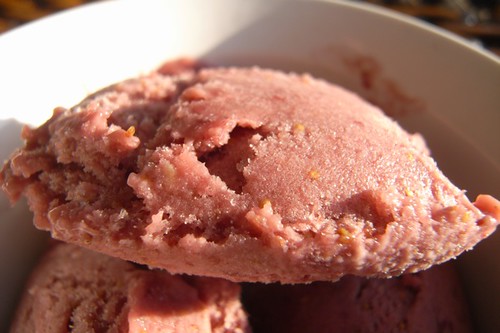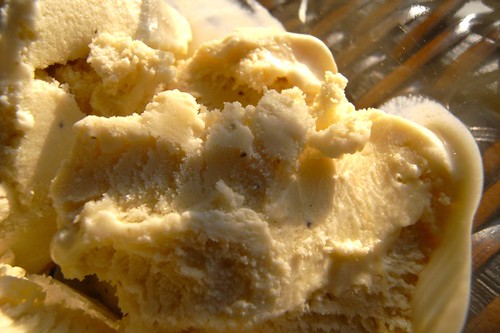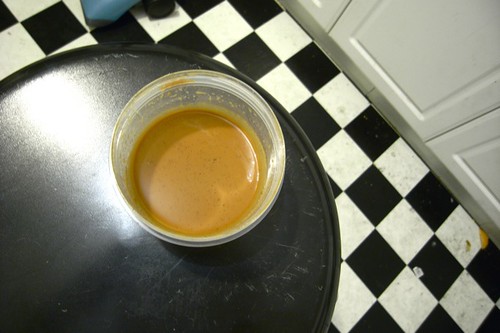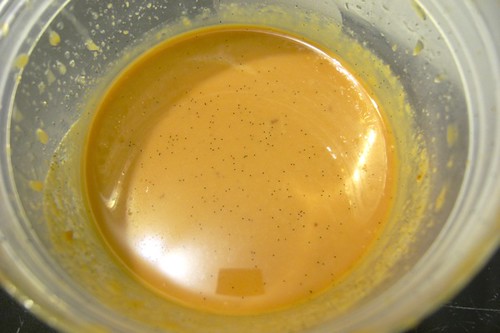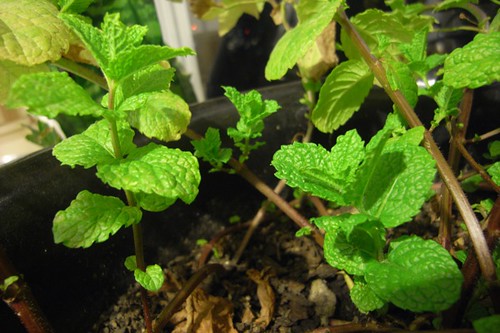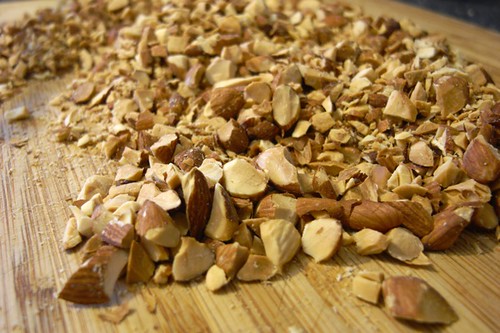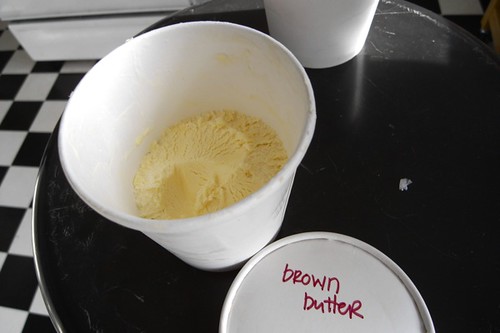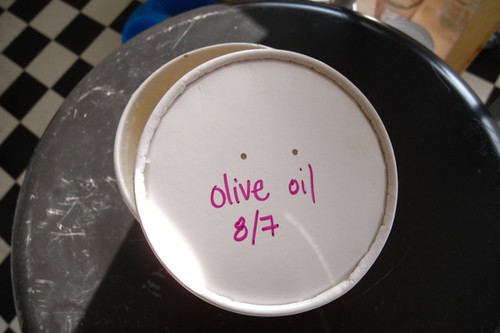This post is special because it means I've achieved a goal I set for this blog- posting more this year than last year. I know it's been in fits and starts and sporadic posting binges, but I've kept the blog going for two years and I've posted an average of three posts per month (almost one per week!) and that's not terrible. If I keep it going my goal is to schedule the posting binges out so that instead of getting two weeks with a post every day and then two months of silence, you get fourteen weeks of posts once a week.
Anyway, on to the point of this post: the dome. Also called a bombe. I had great fun telling people that I was building bombes at school (they are indeed heavy and delicate and complicated) and then someone told me that perhaps considering my ethnic background, I should choose different words for posting on the internet. No way. I am going to milk my punny joy for all it's worth.

This dessert contained six elements: a chocolate mousse, gingerbread bavarian cream, spice cake (mostly egg whites and almond meal), shiny chocolate icing, gingerbread syrup, and a different spice cake (rye flour, honey) that served as an ingredient in the cream and the syrup.
The spice cakes are made first, and then the syrup, the cream, the mousse. The icing can be made whenever.
First, you pipe chocolate mousse into the molds a little over 1/3 of the way up. You dunk a circular cutout of the spice cake into the spice syrup and place it in the center of the mousse, pressing it in so that it's all level. You want the mold to be about half full when the cake is in.

Then you pipe in the spice bavarian cream, leaving about 1/4"-1/2" of space at the top so that you can press in another layer of dunked spice cake. Once the cake is in and level with the top of the mold, you can go back with more cream and fill in any space in the edges.

Then the dessert needs to be completely frozen. I put it in the blast freezer overnight. When you're ready to unmold, you want your shiny chocolate icing ready. These dessserts are unmolded in a tricky way. I thought I'd flip the mold over, torch the outside, and pop the mold off. No. You take a large bowl of hot water, dunk the mold in (don't get the cake wet!) and then flip the dessert out.
Flip the dessert out. Does that sound easy? This is what it involves: hold the wet mold in one hand. In your other hand, take a cardboard round a bit smaller than the diameter of the mold, and place it over the exposed cake. Press on one side so that the dome slides in the mold, and as it slides, invert your hands so that the mold comes off and the cake ends up upright on the round in your hand. Attempt to put the round down without touching any of the mousse.

Then freeze the tray again so that the slightly-softened mousses can set before you pour slightly-warm chocolate icing over them.
This chocolate icing is gorgeous. It's a deep, shiny black and it looks glittery. It's also a giant pain in the ass and I hate it. It has to cook for ages and it has to be poured at the right temperature, in great volume, quickly. You get one shot to pour it, because it begins to set immediately and any more poured over it won't smooth out. It also never sets entirely, and therefore nothing can touch the dessert at any point after it's been poured- not your spatula, not your fingers, not the sides of sheet trays or racks or doilies. The glaze will stick and peel off in a sheet.

On the plus side, decor sticks really well!

The chocolate mousse used in this dessert might be the best chocolate mousse I've tasted, so even though the recipe is a pain, I am going to give it to you because the texture and flavor are fabulous. It's silky and decadent.
Chocolate Mousse
140g sugar
50g water
120g yolk
100g whole eggs
350g chocolate 65%
500g whipped cream
Whip the yolks and whole eggs in a mixer. Cook the sugar and water to 240F (soft ball). While the mixer is running on high, slowly pour the soft-ball sugar down the side of the bowl into the eggs. Whip on high until cool. The mixture will be light and very fluffy (this is called a pate a bombe base). Melt the chocolate and cool until the whipped cream can be folded in without collapsing. Then fold in the pate a bombe.
